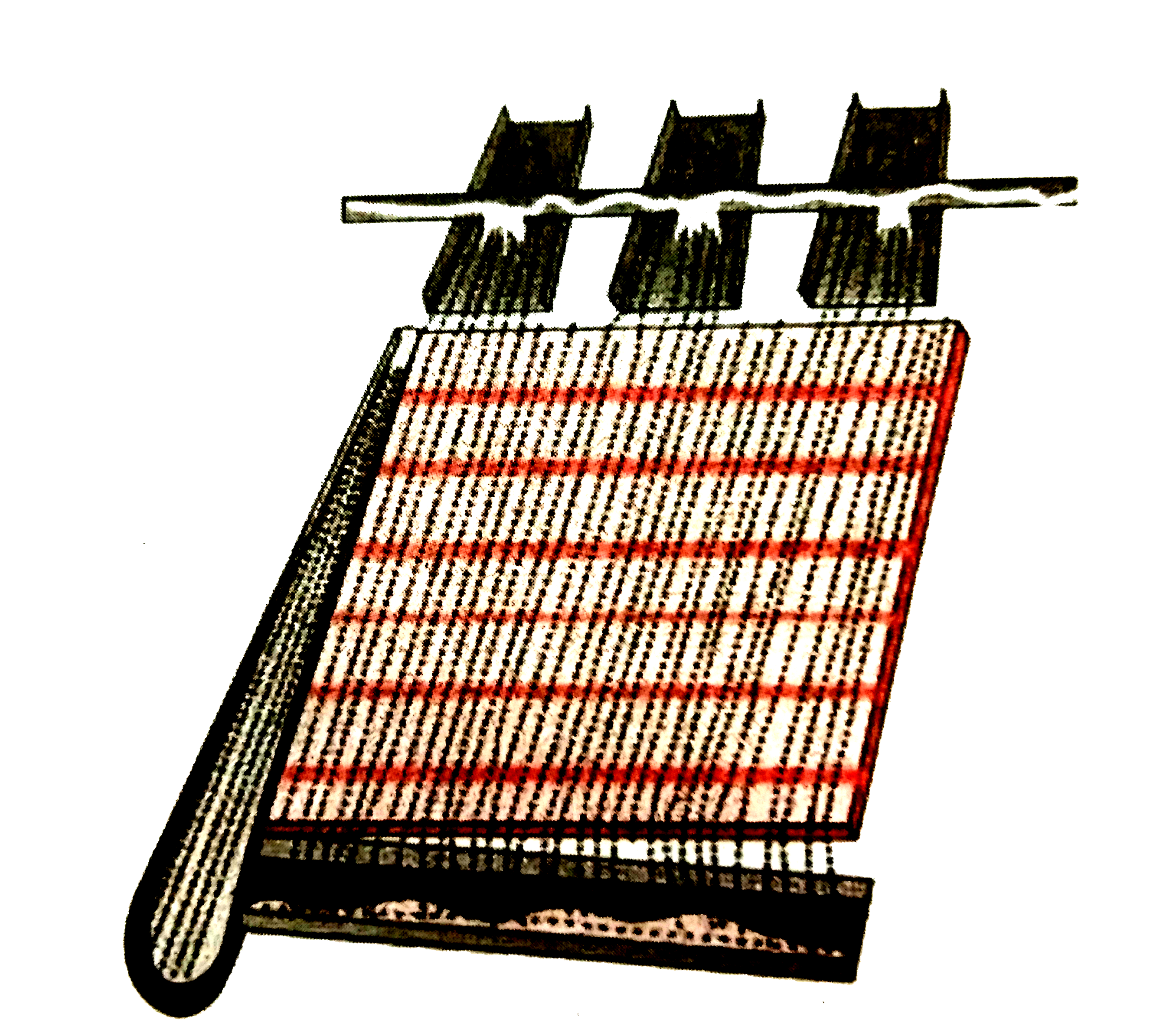Explain these points given below.
Coke is sometimes perferred over coal as a fuel.
Step-by-Step Solution:
1. Definition of Coke and Coal:
- Coke is a solid carbonaceous material derived from the destructive distillation of coal. It is primarily used in the production of steel and as a fuel.
- Coal is a natural fossil fuel that is mined from the earth and is composed of carbon, hydrogen, sulfur, oxygen, and nitrogen.
2. Calorific Value:
- The calorific value is the amount of energy produced when a substance is burned. It is usually measured in kilojoules per kilogram (kJ/kg).
- Coke has a higher calorific value compared to coal. This means that when equal masses of both are burned, coke produces more heat energy.
3. Heat Production:
- When coke is burned, it releases more heat than the same amount of coal. This makes coke a more efficient fuel for applications that require high heat output.
4. Applications:
- Due to its higher calorific value, coke is often preferred in industrial applications, particularly in metallurgy for smelting iron ore in blast furnaces, where high temperatures are essential.
5. Toxicity:
- Although coke is considered to be poisonous due to the presence of carbon monoxide when it burns, its efficiency as a fuel often outweighs this concern in industrial settings.
6. Conclusion:
- In summary, coke is sometimes preferred over coal as a fuel because it has a higher calorific value, which results in greater heat production when burned, making it more efficient for certain applications.
---
- Coke is a solid carbonaceous material derived from the destructive distillation of coal. It is primarily used in the production of steel and as a fuel.
- Coal is a natural fossil fuel that is mined from the earth and is composed of carbon, hydrogen, sulfur, oxygen, and nitrogen.
- The calorific value is the amount of energy produced when a substance is burned. It is usually measured in kilojoules per kilogram (kJ/kg).
- Coke has a higher calorific value compared to coal. This means that when equal masses of both are burned, coke produces more heat energy.
- When coke is burned, it releases more heat than the same amount of coal. This makes coke a more efficient fuel for applications that require high heat output.
- Due to its higher calorific value, coke is often preferred in industrial applications, particularly in metallurgy for smelting iron ore in blast furnaces, where high temperatures are essential.
- Although coke is considered to be poisonous due to the presence of carbon monoxide when it burns, its efficiency as a fuel often outweighs this concern in industrial settings.
- In summary, coke is sometimes preferred over coal as a fuel because it has a higher calorific value, which results in greater heat production when burned, making it more efficient for certain applications.
Topper's Solved these Questions
- BOOK - PEARSON IIT JEE FOUNDATIONCHAPTER - COAL AND PETROLEUMEXERCISE - COMPETITION CORNER48videos
COAL AND PETROLEUM
- BOOK - PEARSON IIT JEE FOUNDATIONCHAPTER - COAL AND PETROLEUMEXERCISE - HOTS-HIGHEKR ORDER THINKING SKILLS8videos
COAL AND PETROLEUM
- BOOK - PEARSON IIT JEE FOUNDATIONCHAPTER - CLASSIFICATION OF MATTEREXERCISE - Concept Application Level - 310videos
CLASSIFICATION OF MATTER
- BOOK - PEARSON IIT JEE FOUNDATIONCHAPTER - COMBUSTION AND FLAME EXERCISE - COMPETITION CORNER30videos
COMBUSTION AND FLAME
Similar Questions
Explain these points given below.
The process of formation of coal inside the Earth is called carbonization.View SolutionExplain the below points:
PressureView SolutionExplain the below points:
Resultant forceView SolutionExplain the below points:
U-tube manometerView SolutionExplain these points given below.
Increase in carbon dioxide content in te atmosphere has led to global warming.View SolutionExplain the below points:
Period of rotationView SolutionExplain the below points:
Period of revolutionView SolutionBriefly describe the term given below:
CokeView SolutionLabel the diagram given below and explain it
 View Solution
View SolutionA gas exerts pressure on the wall of the container. Assign reason.
View Solution

